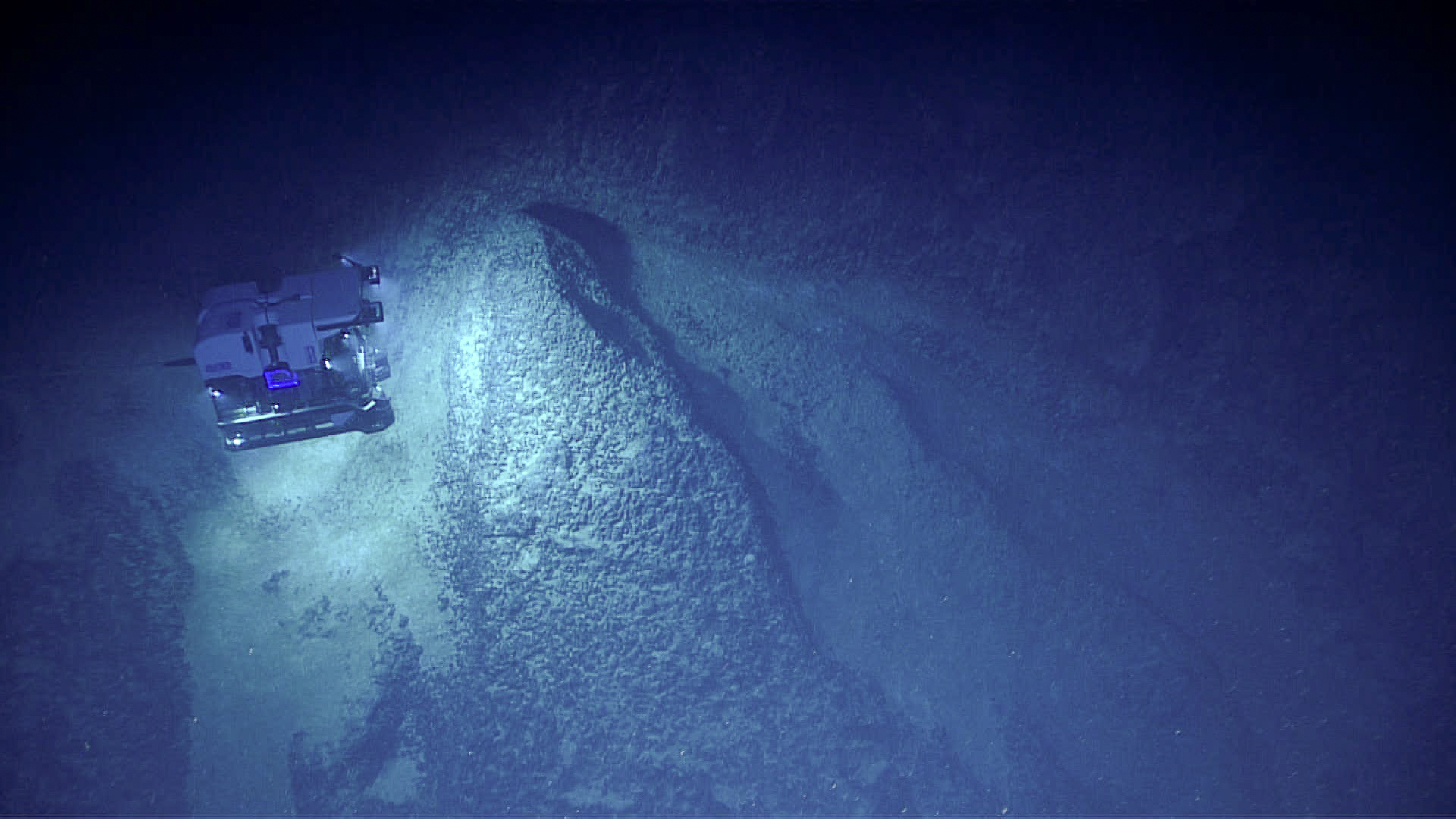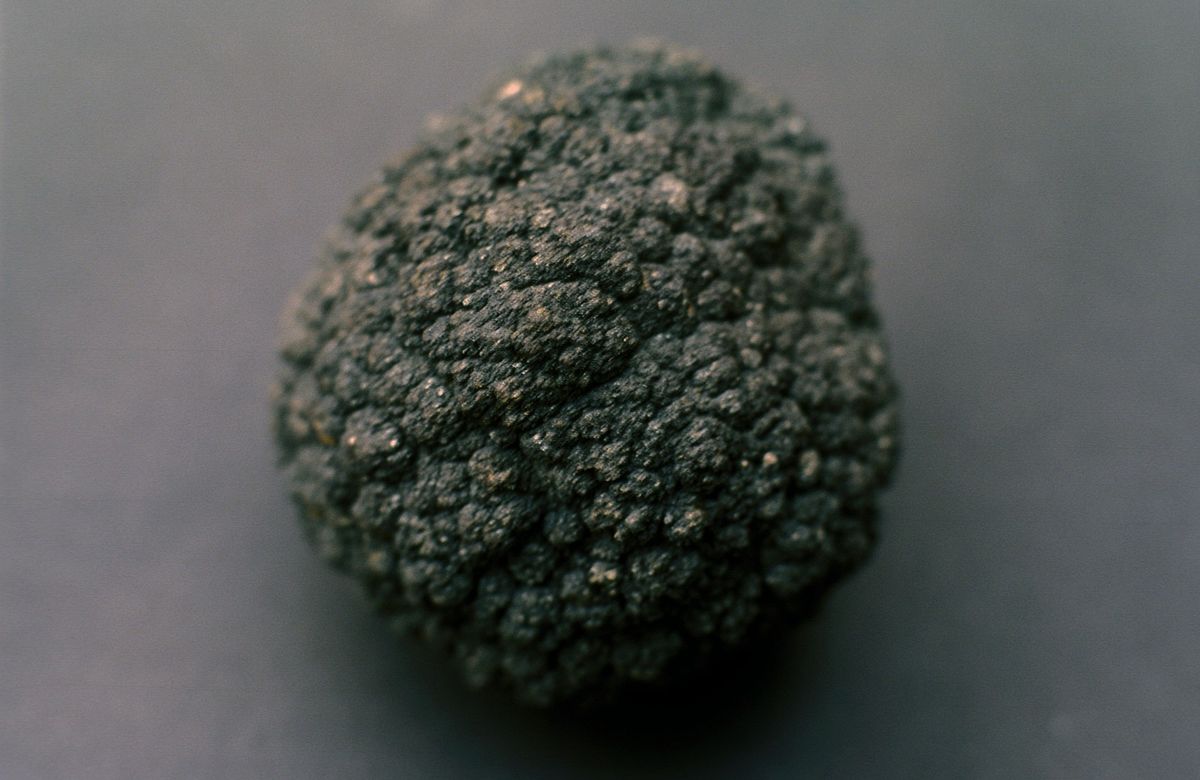In 1989, the largest attempt to model the impacts of a deep-sea mining operation was conducted across 1100 hectares of seafloor in the Peru Basin. The Disturbance and Recolonization Experiment (DISCOL) simulated polymetallic nodule extraction by dragging an 8-meter plough-harrow across a nodule field, creating 78 troughs that mimicked one likely consequence of dragging a nodule harvester across the seafloor.
The resulting impacts included the troughs themselves, which overturned sediment, buried nodules (no nodules were collected during this experiment), and created plumes which suffocated surrounding marine life. Within the plough-troughs, the ecosystems were completely upturned, with topography and sediment composition completely altered, while the surrounding benthos suffered various impacts depending on distance from the troughs.
Twenty-six years after DISCOL*, deep-sea ecologists returned to the site of disturbance to assess the recovery of the seabed in the preceding two-and-a-half decades. What they discovered was a sea floor still largely altered, with little evidence of recovery following such severe disturbance.
In Biological effects 26 years after simulated deep-sea mining, Erik Simon-Lledó and colleagues revisit DISCOL to understand how the ecosystem has changed since the initial disturbance experiment. Among their observations was that, in the area immediately surrounding the plough troughs, suspension feeders (animals that relay on capturing suspended particles or organisms floating in the water through a biological filter) were significantly reduced, while deposit feeders (those that graze on the seafloor) did show substantial recovery. However, biodiversity was still much lower in the disturbed area and species composition differed drastically from undisturbed control areas.
In simpler terms, this means that filter feeders like sponges have not yet recovered, while mobile grazers did return to the mined area, but not the same mobile grazers that were there before. This suggests that changes to the benthic ecosystem following mining may be dramatic and irreversible on a decadal time scale.
DISCOL isn’t the only experimental simulation of deep-sea mining, though there are precious few. Nine nodule extraction experiments (including DISCOL) have been conducted since the 1970s. The earliest of which was conducted of the coast of Florida at 800 meters on the Blake Plateau, followed by six in the Clarion-Clipperton Fracture Zone, one in the Indian Ocean, and DISCOL, in the Peru Basin. While some recovery of benthic megafauna has been observed at all sites within the first few years of the experiments, in no instance was recovery to baseline observed after several decades.
The few studies available that investigate long-term trends in the recovery of deep-sea ecosystems following nodule extraction suggest that changes to the abyssal plain may be permanent on time scale relevant to contractors and regulators. Management may need to be considered on the scale of centuries, rather than decades, and mitigation through set asides and areas of particular environmental interest may be far more effective than remediation or recovery plans.
*the fact that it took nearly four years between collection and publication of data highlights the slow and steady pace of formal scientific research, which may ultimately serve as an unavoidable bottleneck for the expansion of deep-sea mining development in the Area.






